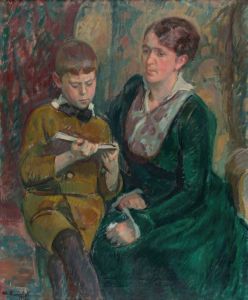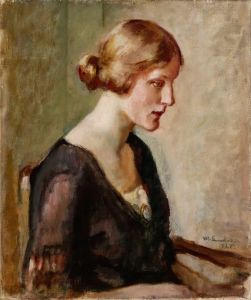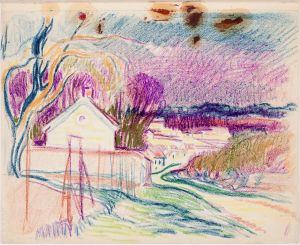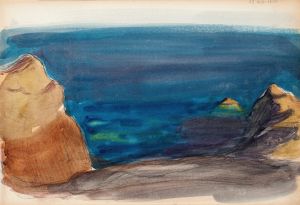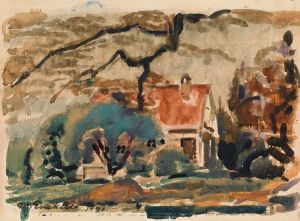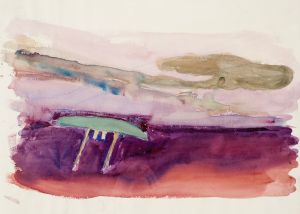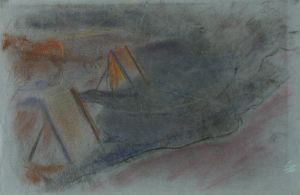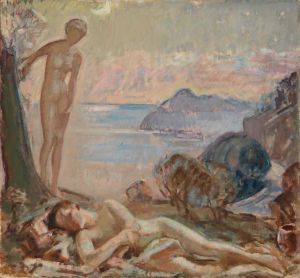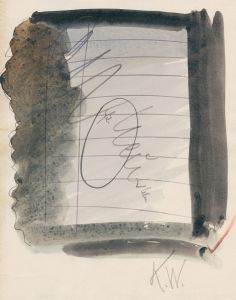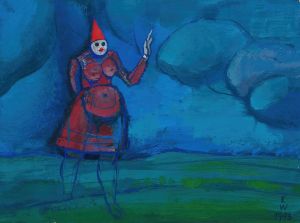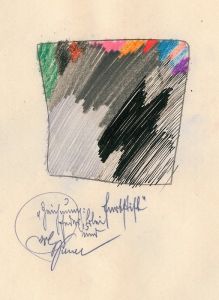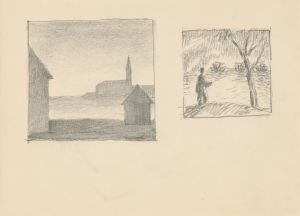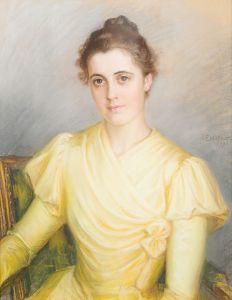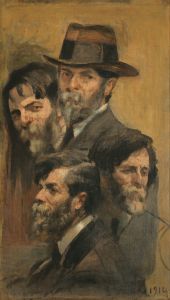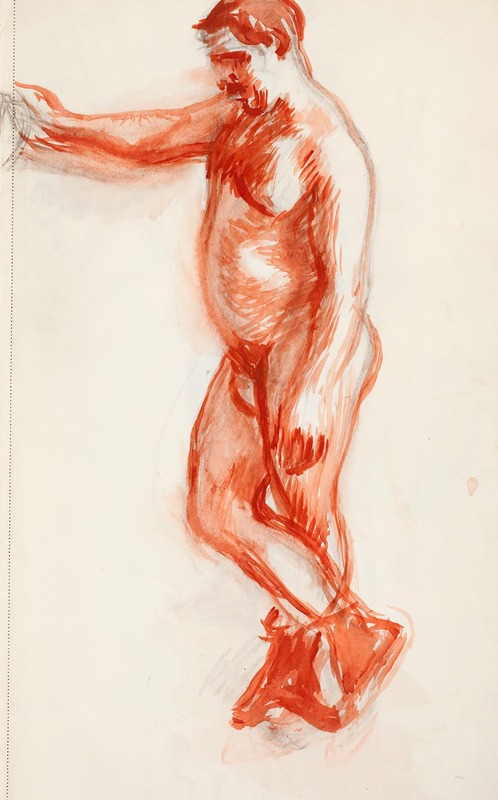
Seisova alaston mies, luonnos
A hand-painted replica of Magnus Enckell’s masterpiece Seisova alaston mies, luonnos, meticulously crafted by professional artists to capture the true essence of the original. Each piece is created with museum-quality canvas and rare mineral pigments, carefully painted by experienced artists with delicate brushstrokes and rich, layered colors to perfectly recreate the texture of the original artwork. Unlike machine-printed reproductions, this hand-painted version brings the painting to life, infused with the artist’s emotions and skill in every stroke. Whether for personal collection or home decoration, it instantly elevates the artistic atmosphere of any space.
Magnus Enckell's Seisova alaston mies, luonnos (translated as Standing Nude Man, Sketch) is a work by the Finnish symbolist painter Magnus Enckell (1870–1925). Enckell is recognized as one of the most prominent Finnish artists of the late 19th and early 20th centuries, known for his contributions to Symbolism and his role in the development of modern art in Finland.
This particular artwork is a sketch, as indicated by the Finnish word "luonnos," which translates to "sketch" or "study." It depicts a standing nude male figure, a subject that was common in Enckell's oeuvre, reflecting his interest in the human form and its expressive potential. Enckell often explored themes of beauty, spirituality, and introspection in his works, and his studies of the nude figure were integral to his artistic practice.
The sketch is executed in a minimalist style, characteristic of preparatory studies, focusing on the contours and posture of the figure rather than intricate details or background elements. This approach aligns with Enckell's broader artistic philosophy, which emphasized simplicity and clarity in form. The work likely served as a preparatory study for a more finished piece or as an independent exploration of the human figure.
Magnus Enckell was a central figure in the Finnish art scene during his lifetime. He studied at the Finnish Art Society's Drawing School in Helsinki and later in Paris, where he was influenced by Symbolist and Post-Impressionist movements. His early works often featured muted tones and introspective themes, while his later works embraced brighter colors and more dynamic compositions. Enckell's focus on the nude form, particularly male nudes, was notable in the context of Finnish art at the time and reflected broader European artistic trends.
The exact date of creation for Seisova alaston mies, luonnos is not documented, but it is consistent with Enckell's lifelong interest in figure studies. The medium and dimensions of the sketch are also not widely recorded in public sources. The work is part of Enckell's legacy, which includes numerous paintings, drawings, and sketches that continue to be studied and appreciated for their artistic and cultural significance.
As with many of Enckell's works, Seisova alaston mies, luonnos demonstrates his skill in capturing the human form with sensitivity and precision. It remains an example of his dedication to exploring the interplay between physicality and emotion in art.





